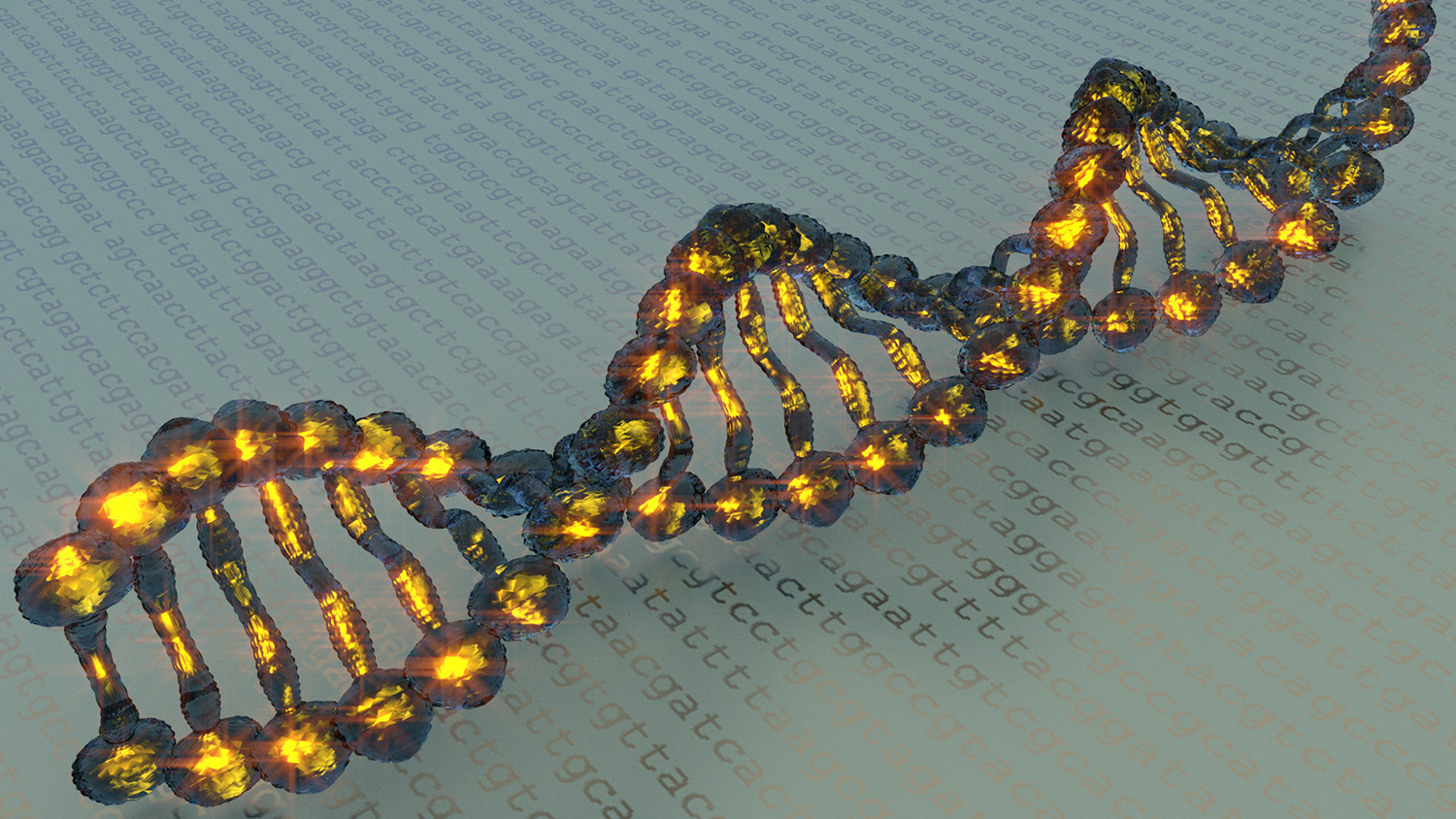What Is the Epigenome? What is Epigenetics?

Most people know that genetics is the study of genes, and think of genes as a blueprint for living things. But it’s not quite that simple.
Genes are made up of DNA. DNA is formed into strands in the shape of a double helix. In higher organisms, like humans, that double helix is wrapped around proteins, which help pack the DNA into tight bundles and can help regulate whether a gene is turned “on” or “off.”
But here’s the thing – there’s lots of other stuff hanging onto the double helix too. There can be proteins and chemical modifications bound to the DNA itself or to the proteins that the DNA is wrapped around.
All of these “extra” proteins and chemical modifications make up the epigenome, and they’re incredibly important. If you think of DNA as a database for building and maintaining an organism, the epigenome is what determines which parts get built, as well as when and where they are built.
As you can imagine, the role of the epigenome is crucial for normal development, as well as for keeping a grown organism healthy. For example, the epigenome is thought to play a significant role in diseases ranging from cancers to autoimmune disorders to addiction.
Epigenetics is the study of the epigenome, and researchers are currently working to advance our understanding of the epigenome – with the long-term goal of developing new tools to improve human health.
Note: Special thanks go to Albert Keung, an assistant professor in the Department of Chemical and Biomolecular Engineering at NC State, for taking the time to talk with me about epigenetics. He gets credit for everything I got right here – but I’ll take credit for any mistakes that slipped through the cracks.
- Categories:


